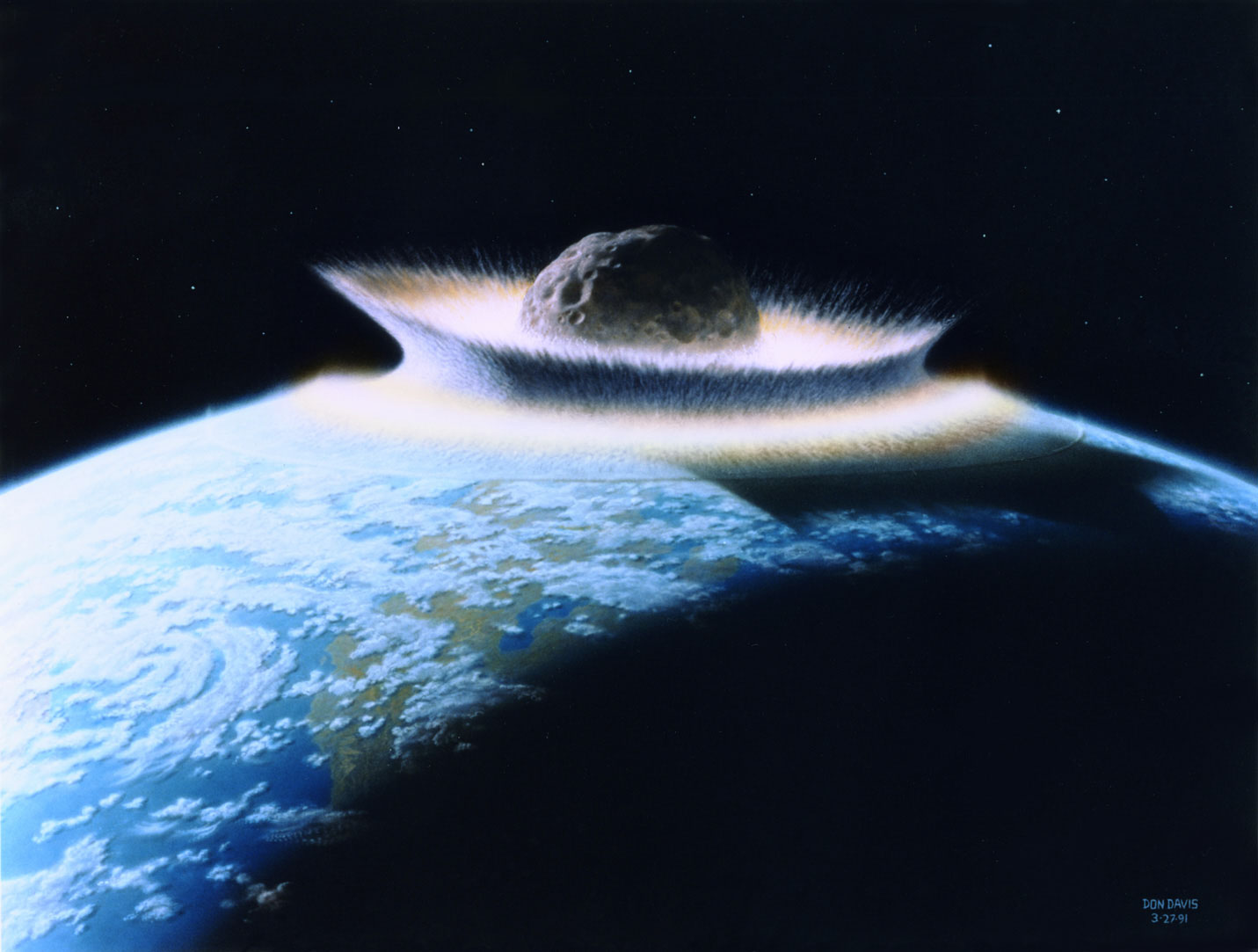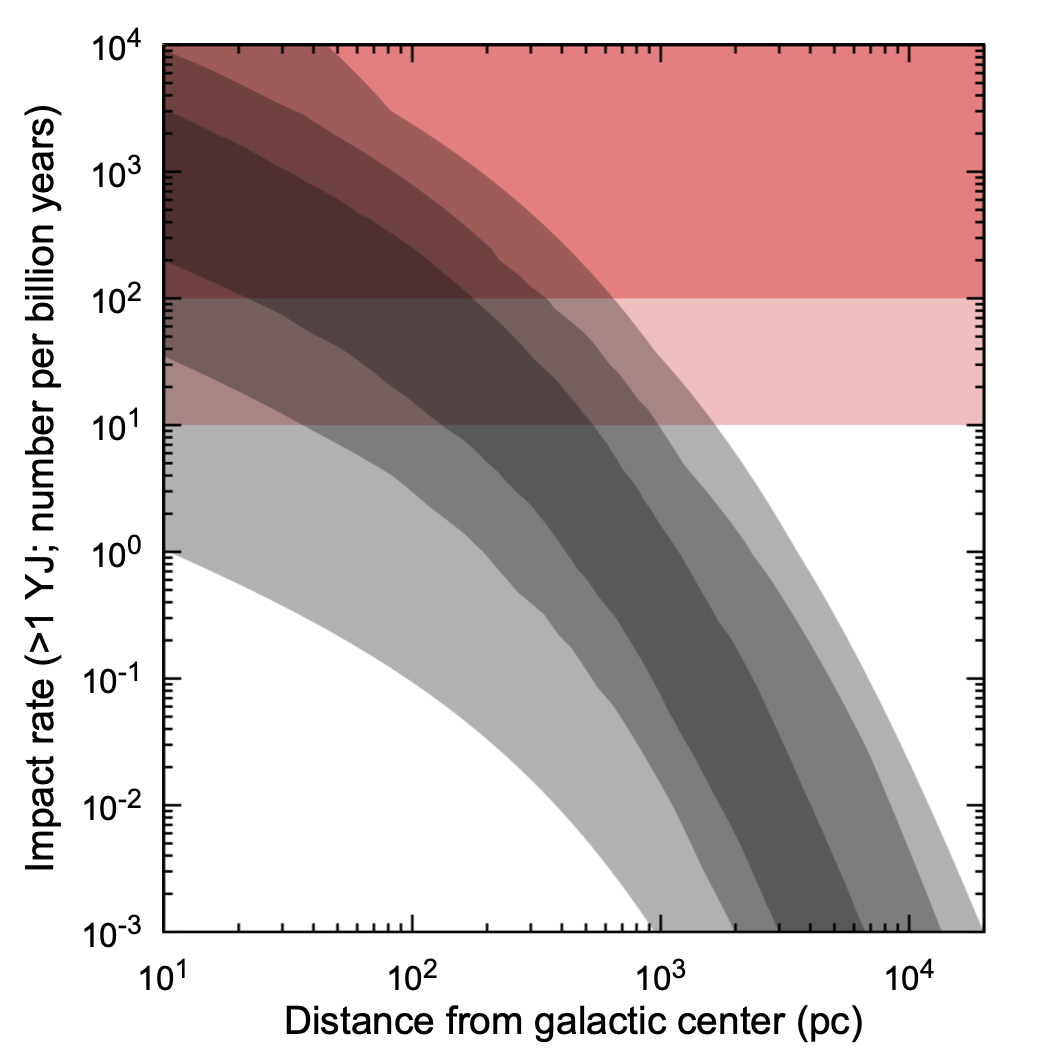Life in Elliptical Galaxies
What happens on galactic scales seems far removed from life on Earth. Galactic habitability is the idea that the cosmic environment of a planet can influence — or inhibit — its life. Studies about galactic habitability have usually focused on the Milky Way and similar galaxies, identifying two limiting factors. First, there needs to be a high enough abundance of elements heavier than hydrogen and helium: these are needed to form solid planets on which life as we know it can evolve. Second, giant cosmic explosions like supernovae and gamma-ray bursts can sterilize planets that are too close. Some have argued the combination of the two leads to a "galactic habitable zone": too close to the galactic core and there are too many supernovae, but too far out there is not enough mass in heavy elements to form planets.
But what if we considered galaxies very different from the Milky Way? Large elliptical galaxies contain about half the stars in the Universe. On both respects they should be very good for life: they have plenty of the heavier elements, but they mostly stopped forming stars billions of years and lack most kinds of supernovae and gamma-ray bursts, which result from young, massive stars. In my newest paper, I suggest a third danger factor: mass extinctions when interstellar comets like 'Oumuamua and Comet Borisov hit planets. This is a threat almost unique to elliptical galaxies, where stars move every which way at very high speeds relative to each other — with random velocities up to about ten times faster than in the Milky Way, where stars tend to revolve around the Galactic Center together in an orderly disk. Not only are the stars moving faster, but so must any comets that formed alongside of them bilions of years ago. These comets act like a cosmic shooting gallery in elliptical galaxies, and habitable planets are among the targets. Faster comets mean both the impact rate is higher and that each impact is much more dangerous. Even a small comet could trigger an event as destructive as the KT impact that famously ended the era of the (non-avian) dinosaurs.

In the paper, I made estimates of the rate of impacts with energy comparable to the KT event using simple models of elliptical galaxies. The random motions of stars in elliptical galaxies should lead to several hundred times more extinction events from interstellar comets than on Earth. However, interstellar comets only very rarely hit Earth: virtually all dangerous impacts are actually the result from asteroids and comets within our Solar System. Thus, planets around most stars in elliptical galaxies are "safe", with billions of years between these events.

Earth-size planets around 5–10% of the stellar population, that found in the cores, experience a KT like impact more often than once every 100 million years. At that rate, the collisions could dominate the rate of mass extinctions and maybe prevent the evolution of intelligence. Planets in certain compact elliptical galaxies — in particular, the Andromeda satellite galaxy M32 — may also be in danger from the high density of comets expected there. The hearts of large elliptical galaxies may turn out to be dangerous, but elliptical galaxies as a whole remain worthy targets for SETI and Breakthrough Listen.
The paper has been submitted to Astrophysical Journal Letters, and a preprint is availabe on arXiv.
Messier 49 image: ESA/Hubble & NASA, J. Blakenslee, P. Cote et al.
Asteroid impact artist's impression: NASA / Don Davis
Impact rate figure: Lacki (2021)
